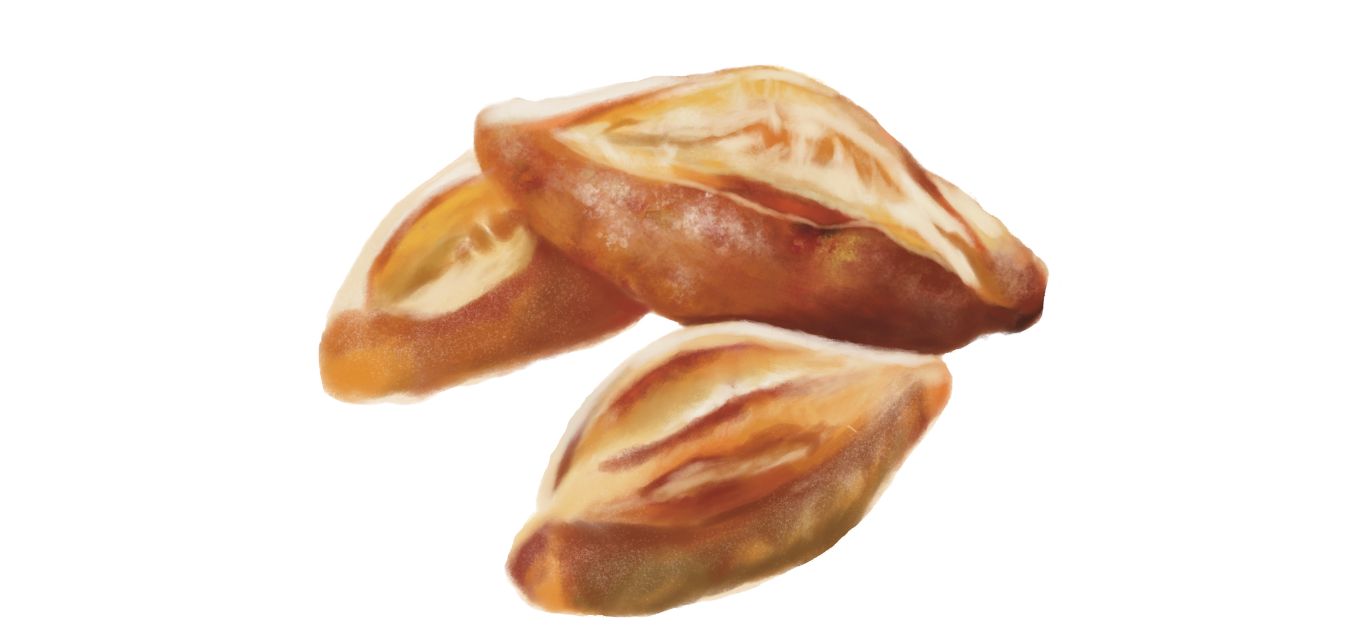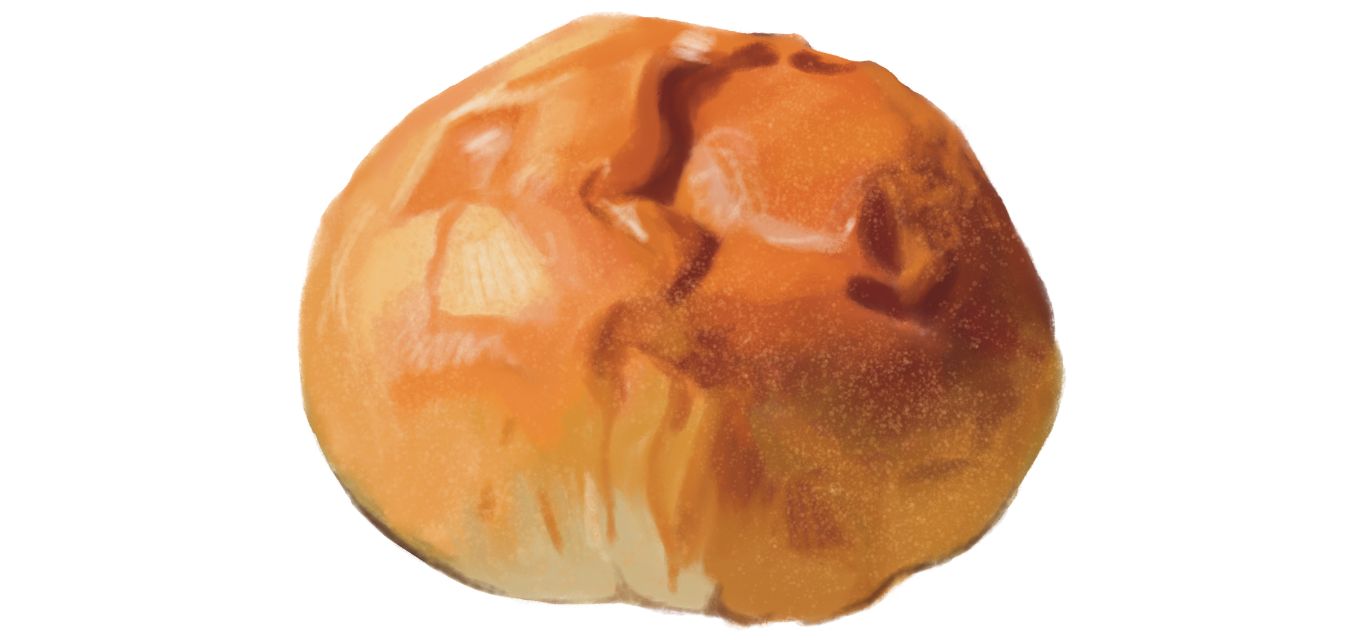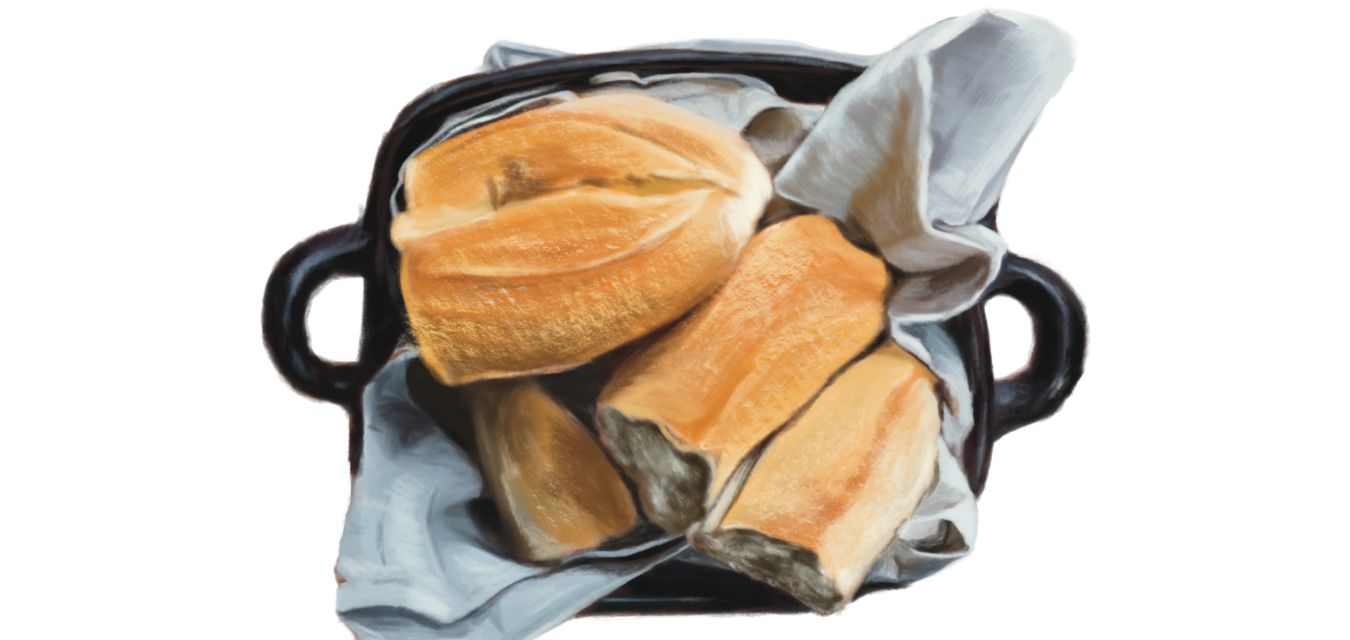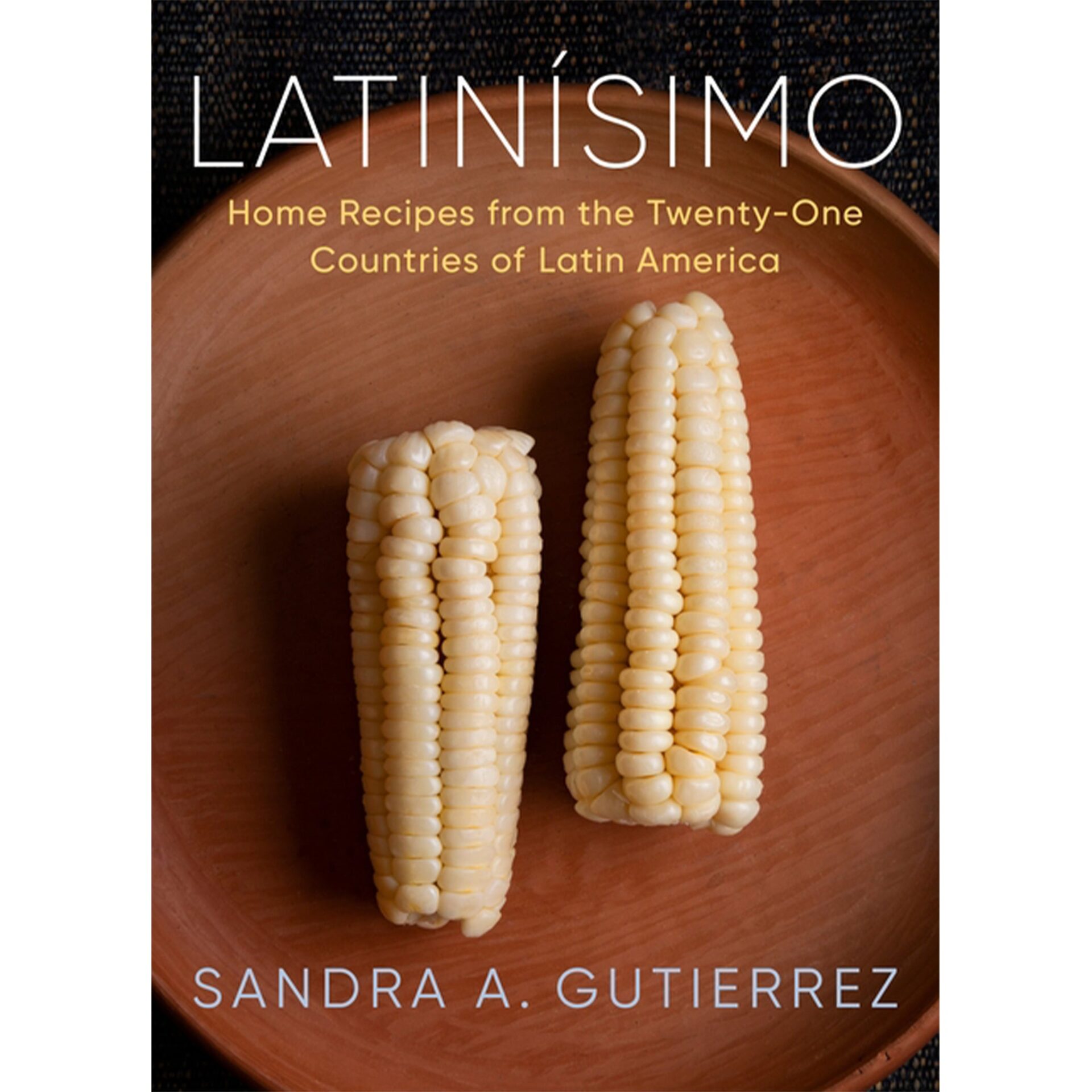“Sandwiches can tell us a lot about the place where they are born. The iconic sandwiches of Latin America are casual and most often found streetside, in comedores (small eateries), and cafeterias. Each country has its own specialties. Whereas in Venezuela you’ll find arepas (corn cakes) filled to the brim with chicken and avocado salad (reina pepiada), in Uruguay you are bound to encounter “chivitos,” the wheat buns stuffed mile-high with beef, cheese, roasted peppers, tomato, eggs, bacon, and ham that seduced Anthony Bourdain.
The type of bread used is perhaps the most important aspect of a sandwich. It’ll designate the country of origin (potato bread is beloved in Peru), determine whether or not a sandwich’s sauce will be absorbed, and dictate the filling and how much to use. For example, a sturdy bun similar to French baguette is the base for choripán, made with grilled Argentinean sausage topped with chimichurri; but for a Cubano sandwich, you’ll need a porous and collapsible pan de agua (“water” bread) that can be slathered in mustard, filled with roast pork, Swiss cheese, and pickles, and pressed until its exterior is crispy.
It’s said that ancient Egyptians invented the oven and baked the first raised breads. When European colonists arrived in the Americas, they found that its inhabitants were no strangers to dough; theirs, however, was made with gold grain they called “maize” (corn). At first, wheat bread was baked in convents; only a few in the upper class had access to it, but it didn’t take long for wheat to become popular. In the late 18th century, when Latin American bakers began to form guilds, bread was introduced to the masses.
Long before industrialization resulted in the bastardization of bread—transforming crusty, golden loaves into spongy, white slices—tubers such as cassava and potato had also been used to make bread in South America. Ancient grains such as chia, amaranth, and quinoa were used for flour in Mesoamerica and beyond. Today, wheat still reigns as the preferred grain for bread in the Americas, even surpassing corn.
Sandwiches are a more modern addition to Latin American foodways; their popularity didn’t really soar until the 20th century, when eating street food went from an infrequent activity relegated for special outings and instead became a daily routine for millions of working-class people. Along with their popularity, the array of fillings used to stuff them and the types of rolls have also seen a transformation. To wit, finger sandwiches (de miga) are still popular fare but are relegated mostly to formal gatherings.
Do you know where your sandwich comes from? Here are three very different versions from three vastly different countries, each built on its own signature bread.
The Breads

Bolillos
One of the most recognized bread rolls from Mexico is the bolillo, a large torpedo-shaped, crusty bread that can be stuffed with an array of fillings. These rolls are made with a quick preferment (starter) but are quite easy to make. Try them stuffed with chiles rellenos bathed in spicy tomato sauce, or just with your favorite beans topped with queso fresco and cilantro.

Pan de Papa
Soft and slightly sweet, these potato buns are a favorite addition to the Peruvian bread board. They are often stuffed roast pork belly and slices of cooked sweet potato (sanguich de chicharrón) or with ham, lettuce, and plenty of spicy sauce to make a classic butifarra.

Marraquetas
Typically eaten for breakfast with just butter or mashed avocado (which Chileans call “palta”), these rolls (also known as pan francés or pan batido in Bolivia) have a crusty exterior and a soft interior. They are sturdy enough to build giant sandwiches, including the famous Barros Luco made with melted cheese and roast beef, and the chacarero made with beef, tomatoes, and green beans. You will need a wooden spoon with a slender, round wooden handle to make the typical crisscross shape on top of each roll.
The Sandwiches

Tortas de Pollo
Tortas are everyday Mexican sandwiches, usually enjoyed for lunch on the go. They can be filled with anything as simple as ham and cheese, or with more elaborate fillings such as milanesas (breaded and fried cutlets). What makes tortas so much fun to eat is the array of toppings at your disposal—chiles, salsas, beans, avocado, cheeses, you name it which makes them customizable to every palate. I much prefer chicken thighs to the breasts because they don’t get stringy. You may leave the chicken thighs whole or slice them before assembling the tortas; however, I find it easier to eat these hefty sandwiches if my meat is already cut.

Sanguche de Pejerrey o Pescado Blanco con Salsa Criolla
Crisp, golden fish and spicy, sour onion slaw (called salsa criolla) meet between slices of pillowy bread. Silverside are very tiny, thin fish, commonly known as “pejerrey” in Latin America; you’ll need about 24 pieces for this recipe because they are layered one on top of the other to make a thick sandwich. Since they’re not very easy to find, I often substitute it with grouper, swai, or flounder, for which I use half a filet per sandwich (you’ll need to slice the filets crosswise in half before coating them in the batter so they can fit into your potato rolls). You can find ají amarillo peppers in jars at most Latin American stores and online; if you can’t find whole peppers, then use ají amarillo paste instead. Make sure to let the bread rolls soak up a lot of the lemony juices of the sauce for the ultimate perfect bite.

Marraqueta de Asado con Pebre
This is the sandwich to make when you’re absolutely famished! Tender, juicy steak is nestled between sliced French-style bread, then dressed liberally with a vibrant salsa made with sweet red bell peppers and tomatoes. Some people slather the bread with mayonnaise and add a couple of lettuce leaves. For a smoky, spicy kick, sprinkle the beef with a pinch of merkén chile powder.
Keep Reading
In the Field
Hot Tamales
Follow one writer’s discovery of Delta tamales, which are smaller than their Latin American cousins, and made with cornmeal instead of masa.
Latinísimo: Home Recipes from the Twenty-One Countries of Latin America: A Cookbook
Author: Sandra A. Gutierrez An encyclopedic cookbook (from Chiles Rellenos and Tostones to Golden Coconut Chicken and Dulce de Leche Tart) celebrating Latin American home cooking–the first to cover the day-to-day home cooking of all twenty-one nations–by one of […]
The Cuban Sandwich: A History in Layers
Author: Andrew T. Huse, Bárbara C. Cruz, Jeff Houck A delicious, multilayered tale of a legendary sandwich Creative Loafing Tampa Bay Best of the Bay Awards, “Best Approach to Pressing Matters” How did the Cuban sandwich become a symbol […]
share
trending content
-
6 Brunch-Themed Tailgate Recipes
by Brittany Furbee -
Shreveport-Bossier Chef Beats Bobby Flay in Cooking Competition
by TLP's Partners -
Seeds of Change | Listen
-
Cooking for Comfort
by Erin Byers Murray -
How Pullman Market Brings the Season’s Best to San Antonio
by Veronica Meewes
More From Recipes
-
6 Brunch-Themed Tailgate Recipes
-
Recipes From Our 2025 Spring Issue
-
In Season: Oysters
-
Bookshelf: On Southern Heritage
-
Recipes From Our 2024 Fall Issue










